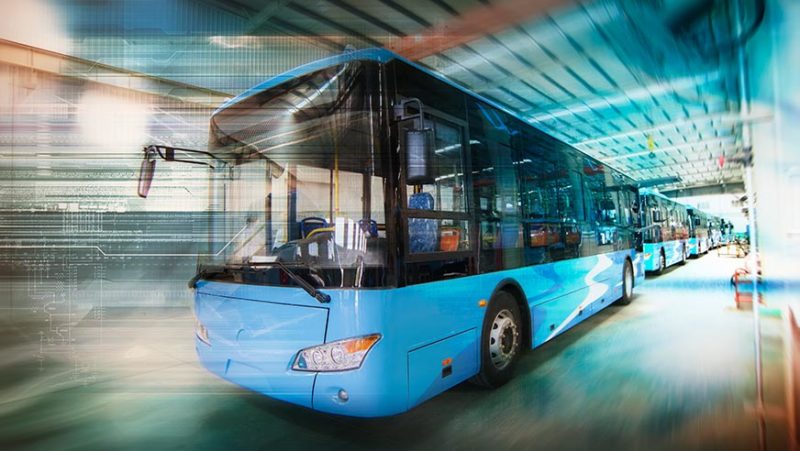The wholly unexpected global pandemic that arose during this year stuck a a sizable stick in the spokes of global transport. Planes were grounded and the use of petrol-powered vehicles decreased significantly around the world, with movement restricted due to the chance that people spread this new resipratory illness.
But over the year, the usage of cars has increased again, and as vaccines become more readily available, global aviation will likely begin to increase too. This transport pause has given breathing room to several government and companies to properly consider what it means to face up to the massive stock of fossil-fuelled vehicles around the world, and begin the hard slog of switching them all into safer, cleaner and better new machines.
Australia and Norway sit at opposite ends of the spectrum. Norway leads by a large margin, and Australia lags, though plenty of other countries lag just as badly. Australia’s own transport department laid this phenomenon out clearly in August 2019, dipping their toes into modelling the changes happening around the world and finding that Australia’s own transition to electric vehicles will be far slower than it needs to be, to hit emissions targets.

Norway’s efforts to artificially accelerate the replacement of fossil cars with electric cars is working as planned. Most new car purchases are zero emissions (56.1% in November), and the total emissions from road transport in Norway are declining. A detailed report from the Australia Institute outlines how this push occured.
“At the core of the Norwegian approach is the mantra that EVs should be cost competitive at point of purchase. This has been achieved through reduced vehicle registration tax, reduced company car tax and zero VAT, and enhanced through exemptions from road tolls, access to bus lanes and free access to ferries”, wrote Audrey Quicke and Richie Merzian for The Driven. Tax is the lever pulled by the Norwegian government to accelerate the transition to clean vehicles. It’s illustrated nicely by the Norwegian electric vehicle industry body Norsk Elbilforening for a Volkswagen Golf in both electric and fossil fuelled format:

“High taxes for high emission cars and lower taxes for low and zero-emission cars. Introducing taxes on polluting cars can finance incentives for zero-emission cars without any loss in revenues”, say elbil, on their website. It’s an extremely stark contrast to the current situation in Australia, where a flurry of announcements from state governments have seen the tax burden on new electric vehicles increase.
“The new 2.5c a kilometre road user charge to be implemented by the Victoria Labor government means that this second hand Nissan Leaf – now selling well below $20,000 in the growing used car import market – will attract a charge of around $2.50 for every 100 kilometres travelled”, wrote The Driven’s Giles Parkinson – more than what the owner of a luxury Lexus hybrid will pay in levies. “That’s not a tax on millionaires. That’s a tax on average folk just trying to do the right thing”.
The head of the Norwegian EV group Norsk Elbilforening, Christina Bu, spoke with The Driven about this astonishing discrepancy. “In Norway we want lower emissions, so cars with high emissions have high taxes”, she said. “We tax what we don’t want. If Norway can do it, so can Australia”.
Bu restates a simple but important principle: the speed of the transition “is closely related to policy instruments and a wide range of incentives”, and that many Norwegians may find it odd that there are no incentives for choosing electric vehicles in Australia. She is also critical of the new state policies on EVs. “If Australia wants the same development, it is crucial to introduce an environment tax on polluting cars. Introducing road-user charge pricing at this stage, will only delay a transition to a zero-emission transport”.
The mythology of electrification of transport being a ‘rich people’ thing is tough to see, in Oslo. There is a wide diversity of brands of electric vehicles, in addition to electric buses, a well-developed electric tram and train network, excellent cycle routes filled with many electric bikes, and good walkability and accessibility. Elbil point out that “Since its 2011 launch in the Norwegian Market, Nissan LEAF is the most selling electric car in Norway. Two percent of total car passenger fleet is a Nissan LEAF”. They’re demure, modest little cars that look very much unlike the smooth, flashy Teslas on the street.
In fact, for November, the Tesla didn’t even make it into the top five models of electric vehicles, with the similarly small Volkswagen ID.3 at the top of the list. Of course, at some point, EVs won’t need the intervention. Bu suggests waiting until at least 80% of all new car sales are electric before re-introducing the VAT charge (the bulk of the reduction). “This will make it easier to reach the 2025 target and emissions will continue to decline. That is why we are doing this”.
Australia is likely to see a federal announcement on electric vehicles by the end of the year, in the form of an EV strategy promised by Energy Minister Angus Taylor in June, likely to feed into the emissions projections due out in December. These will be a real test: heavily interventionist changes to Australia’s taxation on vehicles, or a UK-style ban on combustion engines in the near future will not sit well with the government. But these are the only pathway to deep, rapid cuts in transport emissions, particularly given the projections only go out to 2030. Meanwhile, European countries and the US are looking to Norway for inspiration and guidance on how to push down hard on transport emissions.
“As long as the technology is more expensive, better air quality and lower carbon emissions come with a price”, said Christina Bu. “Strong policies have created a market for EVs in many countries, and as mass production is developing fast, EVs may soon be cheaper than cars with emissions”. There’s no escaping the hard math here. But when it’s done right, it can be beneficial for everybody, not just the rich. Australia has a lot to gain, and very little to lose.

Ketan Joshi has been at the forefront of clean energy for eight years, starting out as a data analyst working in wind energy, and expanding that knowledge base to community engagement, climate science and new energy technology. He writes for The Driven’s parent site, RenewEconomy, and has also written for the Guardian, The Monthly, ABC News and has penned several hundred blog posts digging into climate and energy issues, building a position as a respected and analytical energy commentator in Australia. He’s spoken at the Ethics Centre IQ2 debates on the need for urgent decarbonisation, he’s served as an subject matter expert on national television, and has a wide following on social media around energy and climate.

